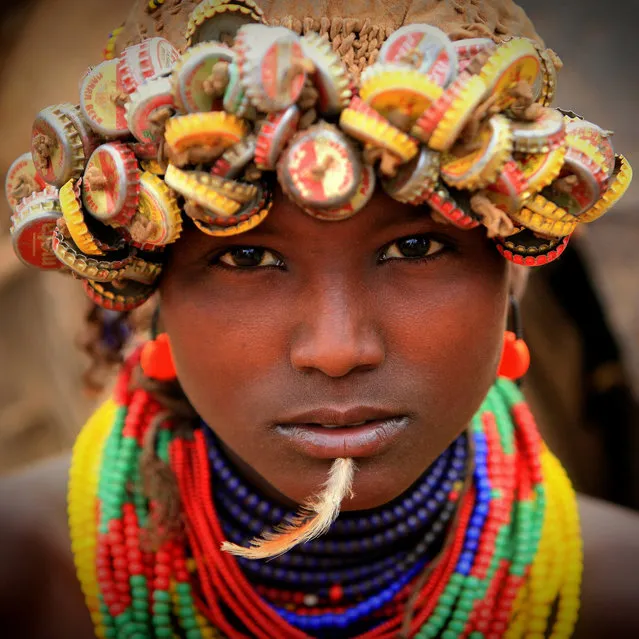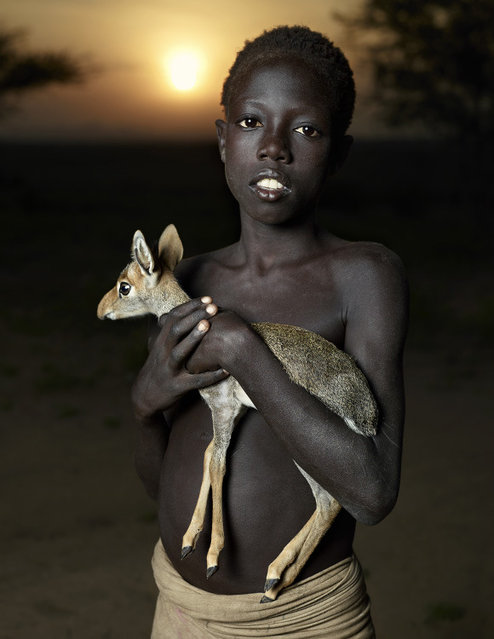26 Apr 2013 10:27:00,post received
0 comments
Details
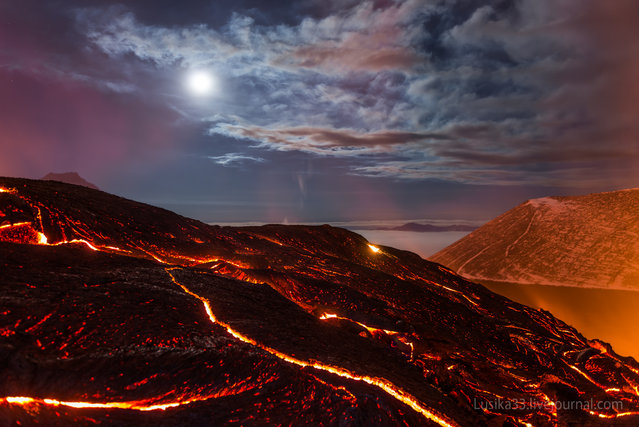
Take a look at this stunning photo of Tolbachik, an active volcanic complex on the Kamchatka Peninsula in far eastern Russia. Lava fountains and rivers ran through the area for months after the eruption began with the opening of two Tolbachik fissures in November of 2012. In the midst of this activity, photographers Luda and Andrey (lusika33) took a trip down to see that stunning hell valley on earth. (Photo by lusika33)
21 Jul 2014 11:09:00,post received
0 comments
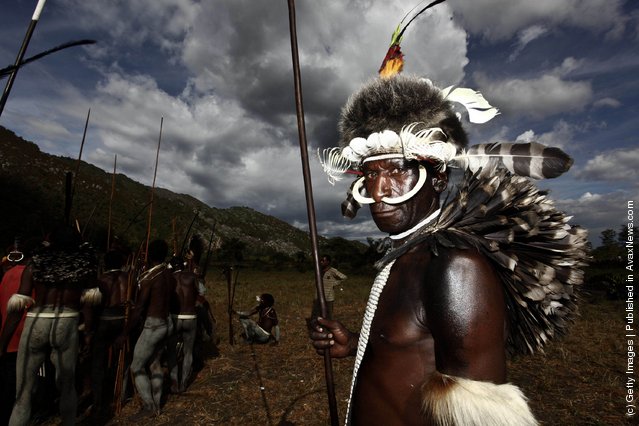
A Papuanese tribal man poses for a photograph during the Baliem Valley Festival on August 9, 2010 in Wamena, Indonesia. The Dani, Yali and Lani tribes gather at this annual festival each dressed in distinctive tribal attire, stage mock battles, perform traditional music and dance, and celebrate with a pig feast. (Photo by Ulet Ifansasti/Getty Images)
01 May 2011 10:10:00,post received
0 comments
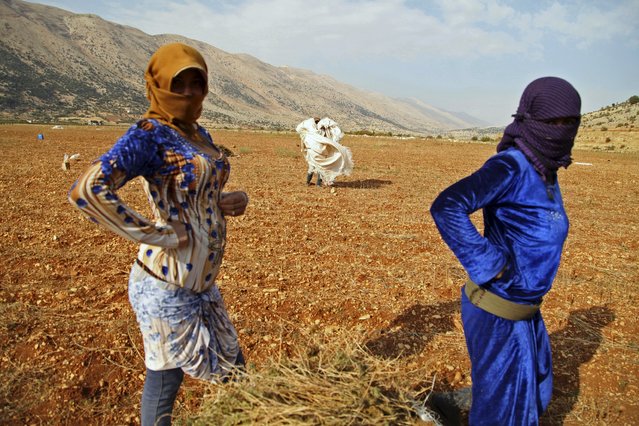
Aisha, 15, (L) (who asked to withhold her last name), a Syrian refugee from Raqqa, waits with a fellow refugee while harvesting cannabis in the Bekaa valley, Lebanon October 19, 2015. Syrian refugees work to harvest and process spiky-leafed cannabis plants in neighbouring Lebanon’s Bekaa Valley. Often farmers of cotton and wheat back home in Raqqa province – now the de facto capital of Islamic State – the conflict in Syria drove them to seek safety in a region where Syrian migrant workers used to spend a few months a year before returning home. (Photo by Alia Haju/Reuters)
24 Dec 2015 08:03:00,post received
0 comments
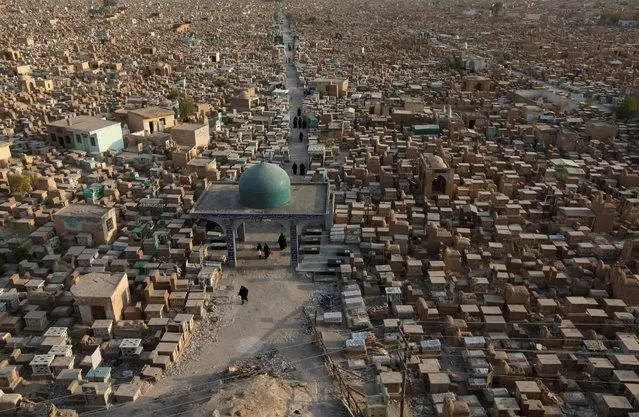
The Wadi al-Salam cemetery, Arabic for “Peace Valley”, is seen in Najaf, south of Baghdad, Iraq August 3, 2016. The world's largest cemetery, in Iraq's Shi'ite holy city of Najaf, is expanding at double its usual rate as Shi'ite militias bury their dead from the war against Islamic State. The Wadi al-Salam cemetery, Arabic for “Peace Valley” has a special place in the hearts of Shi'ite Muslims as it surrounds the Mausoleum of their first imam, Ali Bin Abi Talib, a cousin and son-in-law of Prophet Mohammad. (Photo by Alaa Al-Marjani/Reuters)
24 Aug 2016 11:38:00,post received
0 comments

A Utah Valley University student walks down the bright green lanes painted on the stairs from the gym Thursday, June 18, 2015, at Utah Valley University, in Orem, Utah. Utah Valley University spokeswoman Melinda Colton said the green lanes were intended as a lighthearted way to brighten up the space and get students attention. (AP Photo/Rick Bowmer)
28 Jun 2015 22:54:00,post received
0 comments

In this August 17, 2016, photo, from left to right, Chhering Chodom, 60, Tashi Yangzom, 50, Lobsang Chhering, 27, and Dorje Tandup, 58, drink milk tea on the side of the road. For centuries, the sleepy valley nestled in the Indian Himalayas remained a hidden Buddhist enclave forbidden to outsiders. Enduring the harsh year-round conditions of the high mountain desert, the people of Spiti Valley lived by a simple communal code – share the Earth's bounty, be hospitable to neighbors, and eschew greed and temptation at all turns. That's all starting to change, for better or worse. (Photo by Thomas Cytrynowicz/AP Photo)
15 Sep 2016 09:22:00,post received
0 comments
Last searches:

